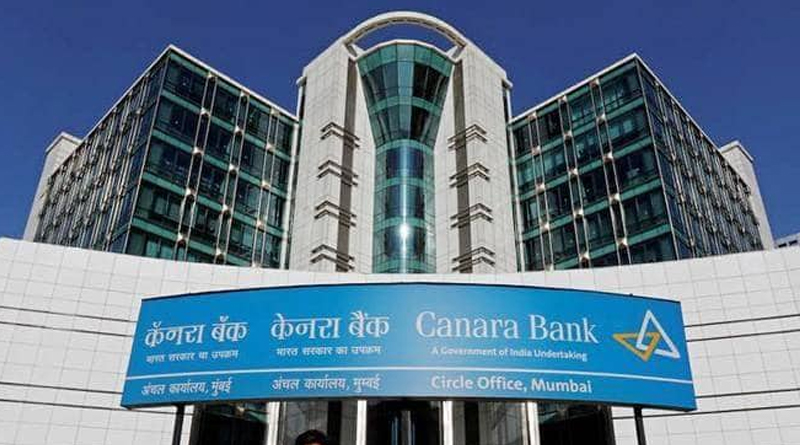India’s GDP growth slowed to 5% in the April-June quarter, the slowest since the scam-hit days of UPA-2. From 8.2% a year ago, growth has fallen sharply quarter after quarter. This is the combined effect of a cyclical global downswing and serious structural flaws that are pulling down long-term growth.
Exports, which revived in 2018 after five years, are falling again. Manufacturing growth has sunk to just 0.6%. Investment has slumped. The bad loans of banks are shrinking too slowly, and the current slowdown threatens to expand them again. The crisis in nonbanking financial corporations arising from the collapse of IL&FS is still not over. Meanwhile, budget follies have sent foreign portfolio fleeing from India, with the Sensex plummeting 3,000 points.
Last week, finance minister Nirmala Sitharaman announced an economic revival package. Alas, this is too little too late. The package may be a short-term palliative. But only major structural reforms can tackle the fundamental flaws slowing long-term growth, and there is no sign of these.
Several weaker public sector banks have been merged with strong ones. The total number of public sector banks is now down to 12 from 27 two years ago. Optimists hope the mergers will provide scale economies, and improve management in the worst banks.
For years, the worst banks had been put under PCA (prompt corrective action) by the RBI, meaning they could collect deposits but do very little commercial lending, so bad was their lending record and so high were their nonperforming loans. To soak up past losses and recreate lending ability, the government has pledged to give Rs 70,000 crore for bank recapitalisation, buttressing the bank mergers. This will be a short-term reprieve. But only structural change will prevent public sector banks from sliding downhill again.
Simply freezing lending by the worst banks was never a long-term solution. They could have been closed. Or, the bulk of dud loans of the whole banking system could have been transferred to a separate “bad bank”, letting the system lend freely again. Instead finance minister Sitharaman has merged the worst banks with the better-managed ones, hoping to improve management quality and risk-taking skills. Will this really end the culture of giving dubious loans because of political pressures and lack of lending skills? Sitharaman wants banks to be professionalised, hiring risk managers at high commercial wages from the private sector. Alas, many efforts at professionalising banks have failed because that is simply not compatible with the political and bureaucratic culture of the public sector.
Past mergers of weak banks with strong ones have not been encouraging. The merger of Punjab National Bank with the troubled New Bank in 1993 was messy and failed to create significant synergies. Early this year, the strong Bank of Baroda was merged with the weaker Vijaya Bank and Dena Bank, but post-merger performance shows little obvious improvement, and its share price has slumped from Rs 150 a year ago to Rs 92.
The danger of mergers is that instead of the strong banks lifting the weak, the weak ones may sink the strong. There is an old story about Nobel laureate George Bernard Shaw and a beautiful actress who was an admirer of his. The actress suggested they should get married, saying, “How fantastic it will be to have children with your brains and my looks!”. Shaw retorted: “And what, madam, if they have your brains and my looks?”
Other measures supposed to boost the economy include killing an ill-designed “angel tax” that hit investors in start-ups. The income tax surcharge on capital gains, which had caused a flight of foreign portfolio investors, was withdrawn. Also reversed was the ill-conceived move to criminalise shortfalls in spending by corporations on corporate social responsibility. Marginal tax breaks were given for buying autos and trucks. The complex rules for foreign investment in retail were eased slightly. Additional liquidity was provided for banks and NBFCs.
While these measures are in the right direction, they are minor short-term fixes that ignore the structural reasons for India’s economic slowdown. Compared with its Asian competitors, India has some of the most costly land, capital, labour, electricity, railway freight, corporate tax and income tax. This has made India a highcost country that cannot compete. Third-rate graduates from useless colleges are failing to provide the skills and productivity that firms badly need.
The government does not acknowledge the structural problem, let alone tackle it. Modi found that incremental refor ms in his first ter m sufficed to produce 7% growth and win re-election. If he thinks the same approach will succeed in his second term, he is in for a rude shock.


